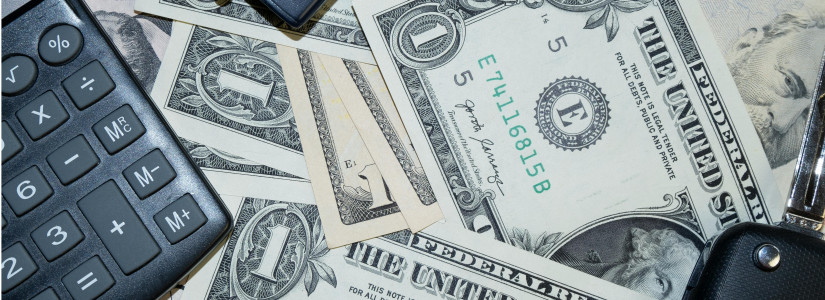Retirees: Time to Claim Your Hard-Earned Retirement Income—IRS Sets April 1 Deadline

Retirees turning 73 in 2024 are reminded by the IRS that it’s time to start collecting their well-deserved retirement savings.
For many, this will be the first Required Minimum Distribution (RMD) from IRAs or workplace retirement plans like 401(k)s and 403(b)s.
This marks a crucial milestone — turning your retirement savings into a steady source of income.
When Does It Happen?
- The first RMD must be taken by April 1, 2025.
- After the first year, RMDs are due every December 31.
- If you delay your first withdrawal to April, you must withdraw two RMDs in 2025, potentially increasing your tax bill.
If you’re unsure about what assistance you qualify for, take a look here.
Who Needs to Take an RMD?
If you own or are a participant in any of these accounts:
Roth IRAs are not subject to RMDs.
What Retirees Should Do Now?
- Check your eligibility: If you were born in 1951 (turning 73 in 2024), this applies to you.
- Review your balances: Your financial institution can calculate your RMD or guide you.
- Understand the tax impact: RMDs are taxable and reported as income on your tax return.
Exceptions for Some Still-Working Retirees
- If your workplace plan allows, you may delay RMDs if you’re still employed.
- Owners of 5% or more of a business cannot delay.
- SEP and SIMPLE IRAs do not qualify for this delay.
Why It’s Important for Retirees?
- Provides an essential income stream during retirement
- Helps retirees plan for taxes and expenses
- Prevents costly penalties — failure to withdraw can trigger up to a 25% penalty for the missed amount
For detailed guidance, check IRS Publication 575 or consult your financial advisor to plan your withdrawals efficiently.
Previous article: How to Find a Doctor That Accepts Medicaid
-
Related Articles
View all postsGet senior benefits assistance
Get personalized help to unlock your senior benefits—no hassle, just support.
Get Started











